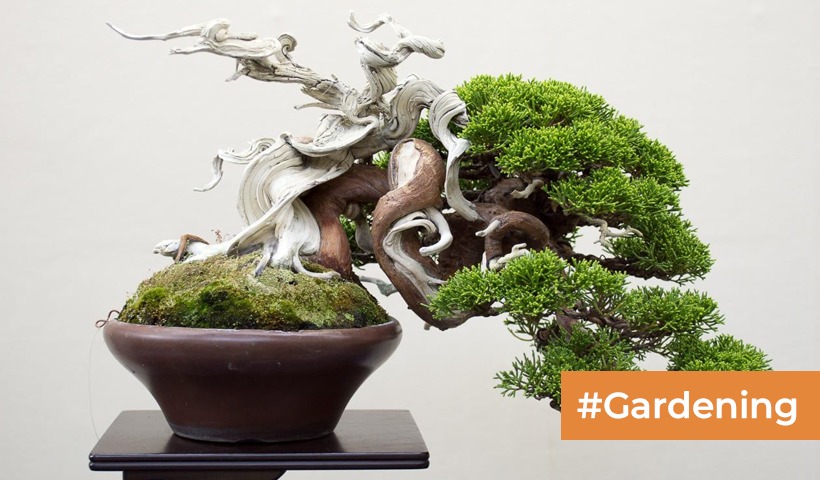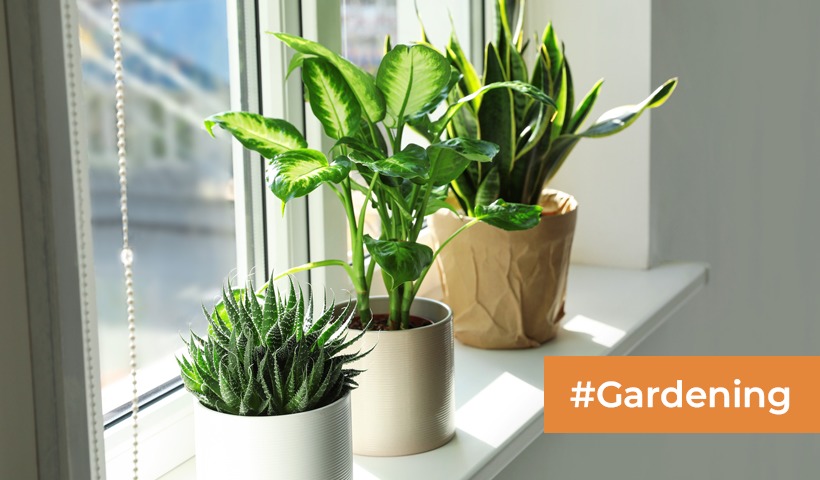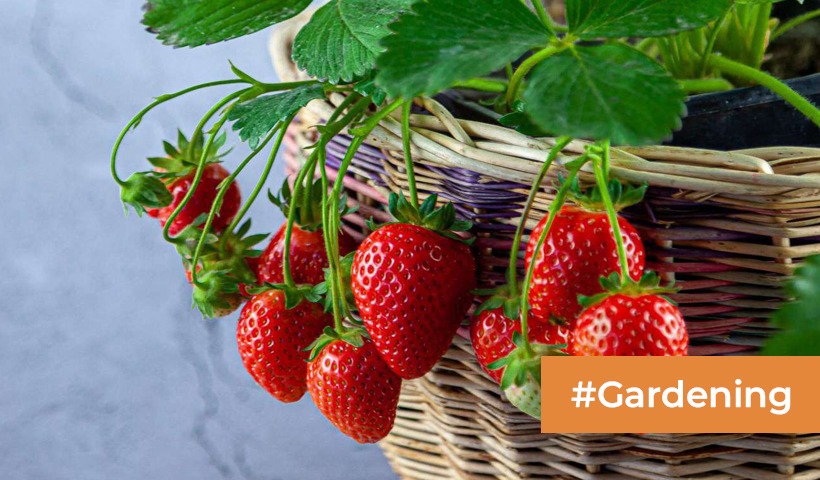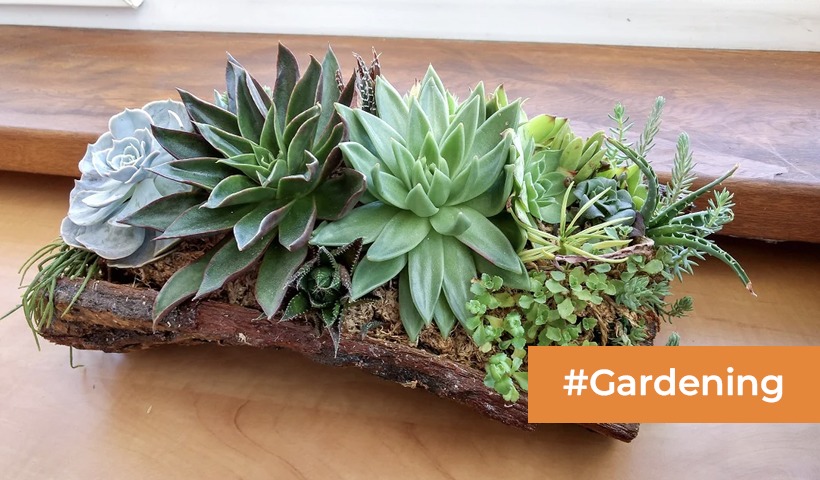A Guide to Growing and Enjoying Alliums in Indian Gardens
Alliums, commonly known as ornamental onions, are a diverse and eye-catching group of flowering plants that add vibrancy and elegance to gardens across India. With their distinctive globe-shaped flower heads and a variety of colors and sizes, Alliums are a popular choice for both seasoned and novice gardeners. In this comprehensive guide tailored for Indian readers, we’ll explore the fascinating world of Alliums, providing insights into their cultivation, care, and the unique considerations for growing these beautiful ornamental plants in the diverse Indian climate.
Understanding Alliums:
Allium is a genus that includes a wide range of plants, from the familiar edible onions and garlic to the ornamental varieties grown for their striking flowers. In ornamental gardening, Alliums are prized for their globular flower clusters that sit atop tall, slender stems. These blooms, resembling oversized chives or small fireworks, come in various hues, including shades of purple, pink, white, and blue. The ornamental Allium varieties are an excellent addition to gardens, providing both aesthetic appeal and attracting pollinators like bees and butterflies.
Choosing the Right Allium Varieties for Indian Gardens:
- Allium Giganteum:
- Known for its large, show-stopping flower heads, Allium giganteum is a popular choice in Indian gardens.
- This variety produces spherical blooms in shades of purple and violet, adding a touch of drama to flower beds.
- Allium Christophii:
- Commonly referred to as Star of Persia, Allium christophii features star-shaped flowers with silvery-purple petals.
- This variety is known for its unique, captivating appearance and is well-suited for Indian climates.
- Allium Nigrum:
- Allium nigrum, or Black Garlic, is prized for its contrasting white blooms and dark centers.
- This variety is versatile and can be planted in borders or used for naturalizing in meadows.
- Allium Schubertii:
- With its unusual fireworks-like appearance, Allium schubertii is a standout choice.
- The flower heads consist of tiny star-shaped flowers radiating from the center, creating a captivating visual effect.
- Allium Azureum:
- Allium azureum, also known as Ornamental Onion, features small, sky-blue flower clusters.
- This variety is perfect for adding a burst of color to borders, rock gardens, or containers.
Cultivating Alliums in Indian Climates:
- Selecting the Right Location:
- Alliums thrive in well-drained soil with good sunlight exposure.
- Choose a sunny location in your garden, ensuring that the soil is fertile and well-draining.
- Planting Time:
- In India, Allium bulbs are typically planted in the fall or late winter.
- This timing allows the bulbs to establish roots before the onset of the growing season.
- Preparing the Soil:
- Ensure the soil is enriched with organic matter, such as well-rotted compost or aged manure.
- Alliums prefer slightly alkaline to neutral soil conditions.
- Planting Depth and Spacing:
- Plant Allium bulbs at a depth of 2 to 3 times their diameter.
- Space the bulbs according to the specific recommendations for the chosen variety, usually ranging from 4 to 8 inches apart.
- Watering Needs:
- Alliums prefer moderate watering, and it’s crucial to avoid waterlogged conditions.
- Water the plants regularly during the growing season but reduce watering once the foliage begins to yellow and die back.
- Fertilization:
- Fertilize Alliums in the early spring with a balanced, slow-release fertilizer.
- Avoid excessive nitrogen, as it can lead to lush foliage at the expense of flowers.
- Mulching:
- Apply a layer of mulch around Allium plants to conserve soil moisture and suppress weeds.
- Mulching also helps maintain a more consistent soil temperature.
Caring for Alliums as They Grow:
- Supporting Tall Varieties:
- Some Allium varieties, especially those with larger flower heads, may benefit from staking.
- Insert stakes or rings early in the growing season to provide support as the plants reach their full height.
- Deadheading Spent Blooms:
- Deadhead Alliums by removing spent flower heads to encourage a tidy appearance and redirect energy to the bulb.
- Leave a few flower heads intact if you want to collect seeds for future propagation.
- Managing Pests and Diseases:
- Alliums are generally resistant to pests and diseases, but they can be susceptible to onion fly and fungal issues.
- Practice good garden hygiene, and promptly remove any yellowing or damaged foliage to minimize the risk of diseases.
- Dividing Bulbs:
- Over time, Allium bulbs may multiply and become crowded.
- Lift and divide bulbs every few years, preferably during the dormant season, to maintain healthy growth and flowering.
Challenges in the Indian Context:
While Alliums can thrive in various climates, there are specific challenges in the Indian context that gardeners need to consider:
- Monsoon Rainfall:
- In regions with heavy monsoon rainfall, well-draining soil becomes crucial to prevent waterlogging, which can be detrimental to Alliums.
- Planting the bulbs in raised beds or incorporating sand into the soil can help improve drainage.
- Hot Summers:
- Some parts of India experience intense summer heat, which can impact the foliage and flowering of Alliums.
- Providing partial shade during the hottest part of the day or choosing varieties that are more heat-tolerant can mitigate this challenge.
- Soil pH Variations:
- India’s diverse geography results in variations in soil pH across different regions.
- Conduct a soil test to determine the pH of your garden soil and amend it accordingly to create an optimal growing environment for Alliums.
- Onion Fly Infestation:
- Onion flies, which are pests known to affect Allium crops, can be a concern in some areas.
- Implementing pest control measures, such as using row covers or insect-repelling companion plants, can help mitigate this issue.
Harvesting and Preserving Alliums:
- When to Harvest:
- Allium flowers are typically harvested when they are in full bloom.
- Harvesting can be done during the morning or evening when the flowers are at their freshest.
- Drying Allium Flowers:
- To preserve Allium flowers, allow them to air dry naturally.
- Hang the flower heads upside down in a cool, dark place until they are thoroughly dried.
- Storing Dried Alliums:
- Once dried, store Allium flowers in airtight containers in a cool, dry location.
- Proper storage helps retain the color and form of the dried blooms for decorative purposes.
Utilizing Alliums in Indian Gardens:
- Aesthetic Appeal:
- Alliums bring a touch of sophistication and elegance to garden landscapes.
- Plant them in clusters or alongside other flowering plants to create visually appealing arrangements.
- Companion Planting:
- Alliums can serve as excellent companion plants, deterring pests and enhancing the growth of neighboring crops.
- Consider interplanting Alliums with vegetables or herbs to benefit from their pest-repelling properties.
- Cut Flower Arrangements:
- The long, sturdy stems and unique flower shapes make Alliums ideal for cut flower arrangements.
- Harvest them at different stages of bloom to create diverse and captivating bouquets.
- Dried Flower Crafts:
- Dried Allium flowers can be used in various craft projects.
- From wreaths to potpourri, the dried blooms add a touch of nature to indoor décor.
Cultivating Alliums in Indian gardens is a rewarding experience that adds color, texture, and a touch of whimsy to outdoor spaces. With their resilience, diverse varieties, and relatively low maintenance requirements, Alliums are well-suited for the Indian climate. Whether you have a small balcony garden or an expansive landscape, these ornamental onions can find a place in various settings.
As you embark on the journey of growing and caring for Alliums, consider the unique characteristics of your local climate and soil conditions. Tailoring your approach to these factors will ensure the successful cultivation of these striking flowers, bringing joy and beauty to your garden throughout the growing season. Embrace the versatility of Alliums, and let their charming blooms transform your outdoor space into a vibrant and visually stunning haven.




